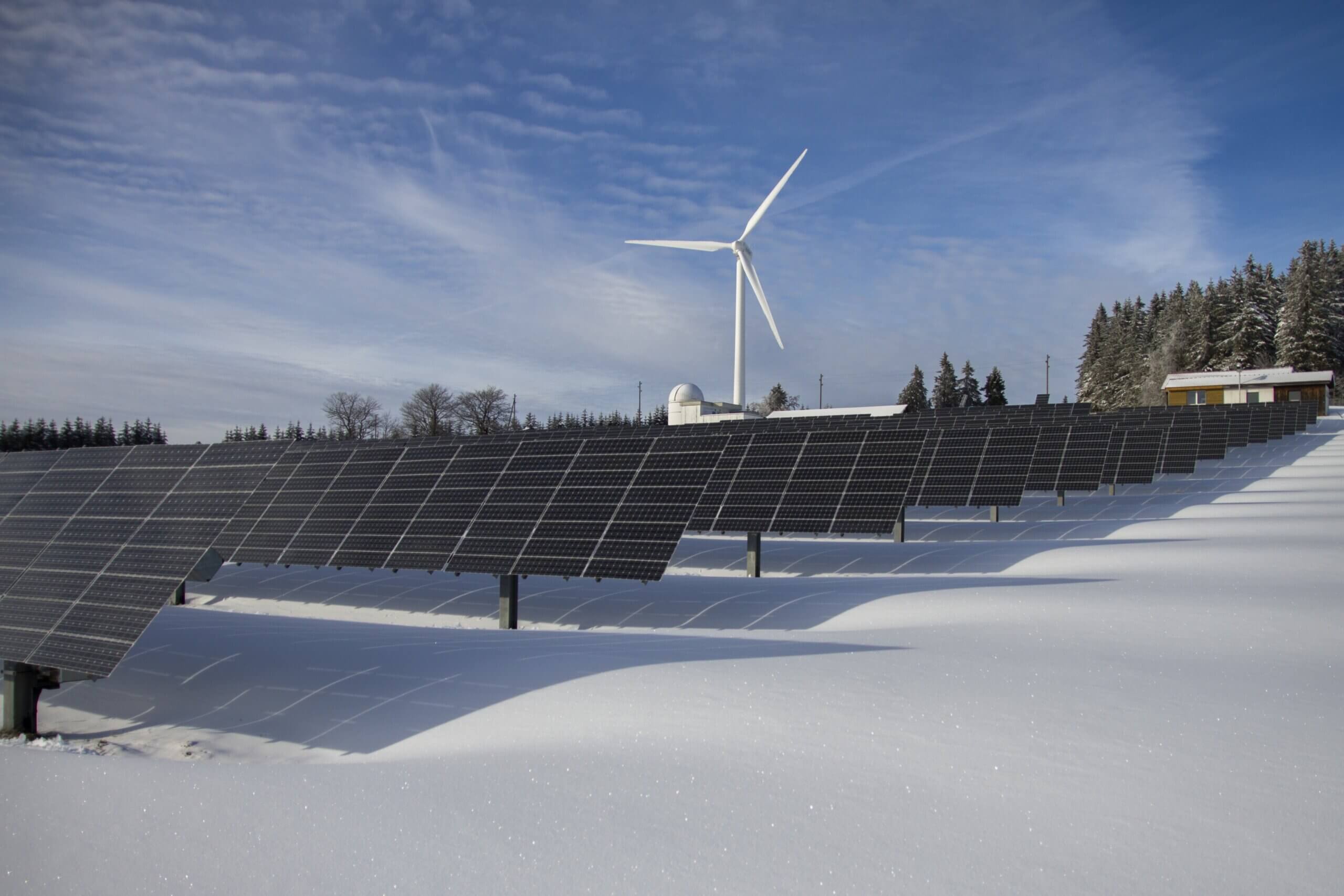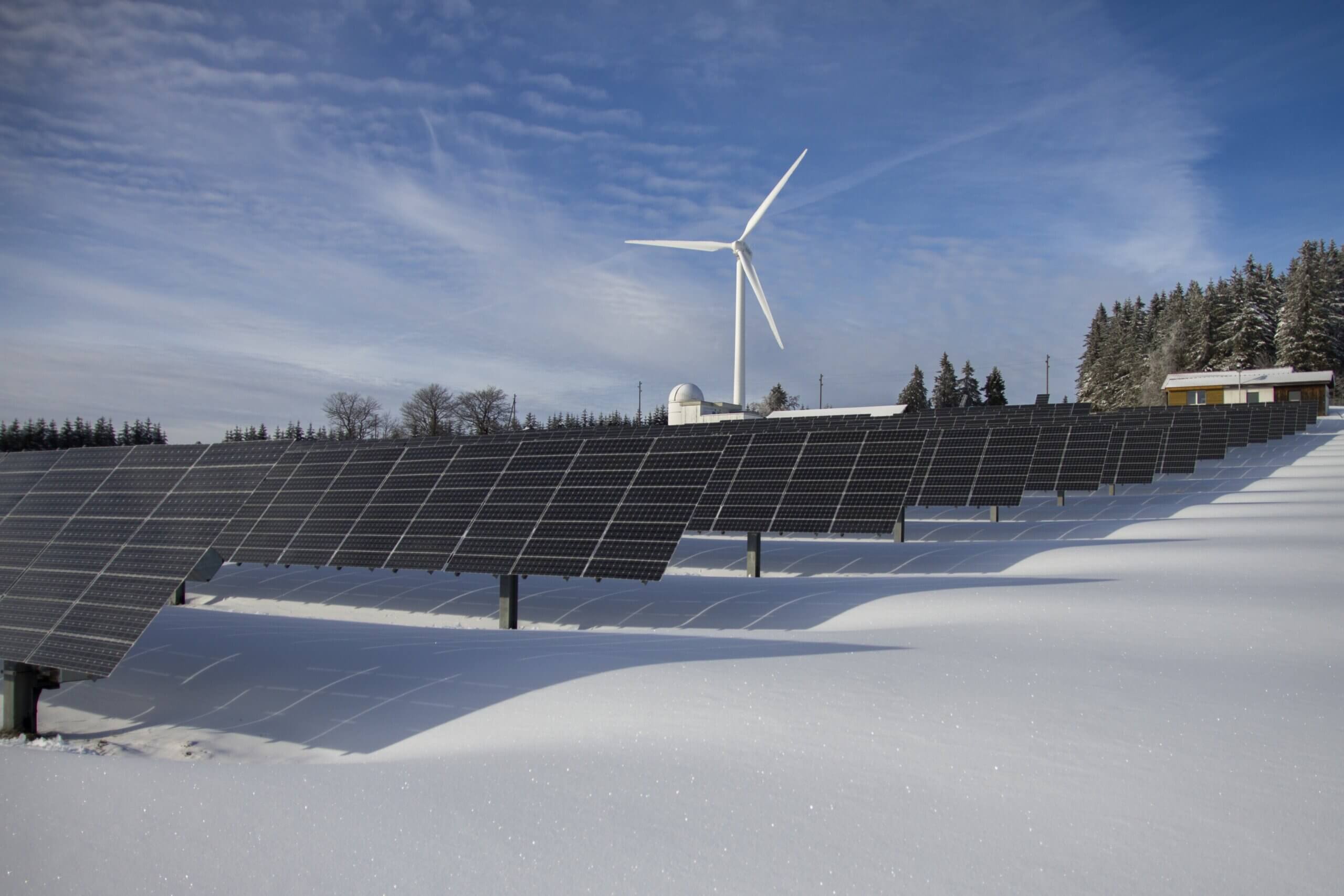President Biden has announced that he is preparing to order the release of some 1 million barrels of oil per day from the national strategic petroleum reserve. The overall figure for the release could total up to 180 million barrels, or about a quarter of the reserve’s total capacity.
This is not a way to address the current crisis of energy supply – or any question of supply at all. Oil prices are rising because, thanks to Russia’s invasion of Ukraine and tangled global supply chains, there is not enough accessible energy. The answer to that is not a rhetorical band-aid that ignores the structural supply demand imbalance and undermines US resilience to future shocks. The answer is to increase supply.
Production, transportation, and logistics crises of the past two years have shown that the US cannot afford to depend on convoluted international value chains for critical factors, including energy. Russia’s invasion of Ukraine has shown that the US especially cannot afford to depend on geopolitical adversaries. Instead, the US should be investing in domestic production that can not only prop up national resilience, but also that of allies and partners.
What does this mean? In the immediate, the US government needs to encourage production of conventional energy resources. In the longer-term, Washington must develop and deploy a forward-looking agenda for the new energy revolution oriented around domestic capacity, all across the value chain.
Sure, President Biden can release oil from the national reserve if he wants to. But at the same time, he should be encouraging new production, now. He should be lowering regulatory barriers, expediting permits, and waiving leasing restrictions. He should be offering tax incentives for oil as well as LNG production. And he should be working with Canada – a trustworthy and proximate ally – including by permitting the XL Pipeline. This will raise outcry about fossil fuel investment. But it is also what the US needs.
Looking toward the medium- and long-term, Washington should be investing in new and alternative energy sources, and in a way that updates for the lessons of today’s crisis: The US should focus on renewable supply not just adoption; upstream resilience over downstream development. If not, today’s energy crisis risks being just a taste of what is to come.
Right now, the US renewable energy value chain is entirely dependent on outside sources – and China’s in particular. Chinese companies make up north of 40 percent of the global EV battery market. And China boasts more than 60% of the world’s graphite production, lithium refining, and lithium ion battery cathode production, all necessary inputs for EVs. In the solar industry, China produces almost 80 percent of solar cells.
The US produces no graphite. The only lithium production in the US takes place at a brine operation in Nevada. There is no US EV battery champion. Only one of the world’s 10 largest producers is in the US.
It doesn’t have to be this way. The US invented silicon solar cells in the 1950s, and dominated global production of them in the decades after. Still today, US oil production shows that we can indeed make energy. We just need to remember the importance of making tomorrow’s, too.
As Washington takes immediate measures to respond to the current energy crisis, it should also be positioning its forward-looking energy investments to ensure that no such crisis happens again. The same model of tax incentives, regulatory adjustments, and allied partnerships should be directed at encouraging renewables-relevant production at the upstream of the value chain, whether that’s lithium, graphite, and silicon; cathodes and anodes; battery and solar cells, or the infrastructure along which those will be deployed. And the massive investments in alternative energy being discussed on Capitol Hill should be reframed to focus on the value chains for alternative energy. We should be funding a world in which the US can supply its own, clean energy – not pouring money into American energy dependence.
And Washington needs to take this lesson in supply and demand and apply it more broadly, too. When there aren’t enough COVID-19 testing kits or masks, we should make more, not just make them free. An America built on reflexive government band-aids is not a dynamic America. An America built on building things is.




